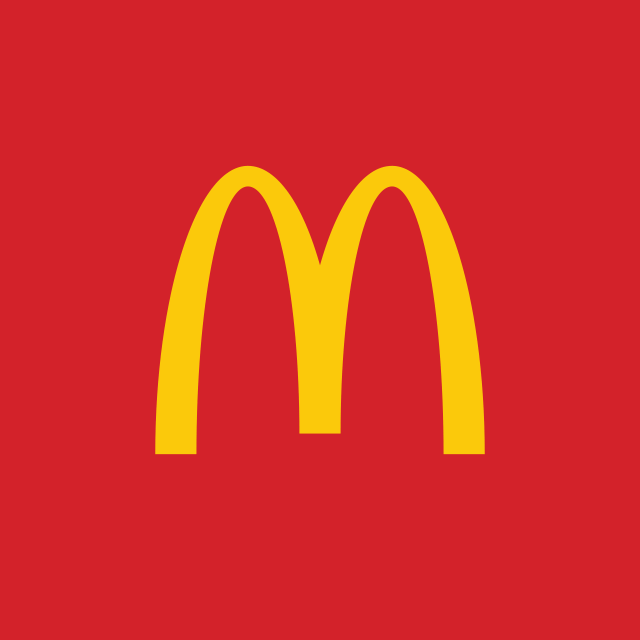Анализ компании Kimberly-Clark Corporation
1. Резюме
Плюсы
- Дивиденды (3.59%) больше среднего по сектору (2.9%).
- Доходность акции за последний год (13.07%) выше чем средняя по сектору (-31.37%).
- Текущий уровень задолженности 46.78% ниже 100% и уменьшился за 5 лет с 50.72%.
- Текущая эффективность компании (ROE=192.57%) выше чем в среднем по сектору (ROE=52.06%)
Минусы
- Цена (133.88 $) выше справедливой оценки (57.91 $)
Похожие компании
2. Цена акции и эффективность
2.1. Цена акции
2.2. Новости
29 января 06:45 Фондовые индексы США выросли, Nasdaq прибавил 2%
28 января 15:36 Производитель Huggies сократил квартальную чистую прибыль на 12%
28 октября 16:48 СИБУР доказала свою несанкционность
2.3. Рыночная эффективность
| Kimberly-Clark Corporation | Consumer Staples | Индекс | |
|---|---|---|---|
| 7 дней | 4% | 1.4% | 0.9% |
| 90 дней | 1.7% | -27.2% | 3.3% |
| 1 год | 13.1% | -31.4% | 21.4% |
KMB vs Сектор: Kimberly-Clark Corporation превзошел сектор "Consumer Staples" на 44.44% за последний год.
KMB vs Рынок: Kimberly-Clark Corporation значительно отстал от рынка на -8.28% за последний год.
Стабильная цена: KMB не является значительно более волатильным чем остальная часть рынка на "New York Stock Exchange" за последние 3 месяца, типичные отклонения в пределах +/- 5% в неделю.
Длительный промежуток: KMB с недельной волатильностью в 0.2514% за прошедший год.
3. Резюме по отчету
4. Фундаменальный анализ
4.1. Цена акции и прогноз цены
Выше справедливой цены: Текущая цена (133.88 $) выше справедливой (57.91 $).
Цена выше справедливой: Текущая цена (133.88 $) выше справедливой на 56.7%.
4.2. P/E
P/E vs Сектор: Показатель P/E компании (23.11) ниже чем у сектора в целом (40.85).
P/E vs Рынок: Показатель P/E компании (23.11) ниже чем у рынка в целом (70.26).
4.2.1 P/E Похожие компании
4.3. P/BV
P/BV vs Сектор: Показатель P/BV компании (38.13) выше чем у сектора в целом (16.35).
P/BV vs Рынок: Показатель P/BV компании (38.13) выше чем у рынка в целом (22.61).
4.3.1 P/BV Похожие компании
4.4. P/S
P/S vs Сектор: Показатель P/S компании (1.99) ниже чем у сектора в целом (4.17).
P/S vs Рынок: Показатель P/S компании (1.99) ниже чем у рынка в целом (15.24).
4.4.1 P/S Похожие компании
4.5. EV/Ebitda
EV/Ebitda vs Сектор: Показатель EV/Ebitda компании (20.37) ниже чем у сектора в целом (26.31).
EV/Ebitda vs Рынок: Показатель EV/Ebitda компании (20.37) ниже чем у рынка в целом (24.37).
5. Доходность
5.1. Доходность и выручка
5.2. Доход на акцию - EPS
5.3. Прошлая доходность Net Income
Тренд доходности: Отрицательный и за последние 5 лет упал на -5%.
Ускорение доходности: Доходность за последний год (0%) превышает среднюю доходность за 5 лет (-5%).
Доходность vs Сектор: Доходность за последний год (0%) ниже доходности по сектору (6.53%).
5.4. ROE
ROE vs Сектор: Показатель ROE компании (192.57%) выже чем у сектора в целом (52.06%).
ROE vs Рынок: Показатель ROE компании (192.57%) выже чем у рынка в целом (18.07%).
5.5. ROA
ROA vs Сектор: Показатель ROA компании (10.16%) выже чем у сектора в целом (7.87%).
ROA vs Рынок: Показатель ROA компании (10.16%) выже чем у рынка в целом (6.49%).
5.6. ROIC
ROIC vs Сектор: Показатель ROIC компании (20.42%) выже чем у сектора в целом (16.22%).
ROIC vs Рынок: Показатель ROIC компании (20.42%) выже чем у рынка в целом (9.31%).
7. Дивиденды
7.1. Дивидендная доходность vs Рынок
Высокая див доходность: Дивидендная доходность компании 3.59% выше средней по сектору '2.9%.
7.2. Стабильность и увеличение выплат
Стабильность дивидендов: Дивидендная доходность компании 3.59% стабильно платится на протяжении последних 7 лет, DSI=1.
Рост дивидендов: Дивидендный доход компании 3.59% растет за последние 5 лет. Рост на протяжении 35 лет.
7.3. Процент выплат
Покрытие дивидендами: Текущие выплаты из доходов (90.12%) находятся на не комфортном уровне.
8. Инсайдерские сделки
8.1. Инсайдерская торговля
Покупки инсайдеров Превышают продажи инсайдеров на 100% за последние 3 месяца.
8.2. Последние транзакции
| Дата сделки | Инсайдер | Тип | Цена | Объем | Количество |
|---|---|---|---|---|---|
| 22.11.2024 | Drexler Andrew Officer |
Покупка | 83.38 | 416 900 | 5 000 |
| 26.07.2024 | Melucci Jeffrey P. Chief Bus. & Transf. Officer |
Продажа | 142 | 1 448 680 | 10 202 |
| 26.07.2024 | Melucci Jeffrey P. Chief Bus. & Transf. Officer |
Покупка | 125.47 | 1 280 040 | 10 202 |
| 25.07.2024 | Melucci Jeffrey P. Chief Bus. & Transf. Officer |
Продажа | 141.42 | 5 331 390 | 37 699 |
| 25.07.2024 | Melucci Jeffrey P. Chief Bus. & Transf. Officer |
Покупка | 132.63 | 5 000 020 | 37 699 |
Оплатите подписку
Больше функциональности и данных для анализа компаний и портфеля доступно по подписке





